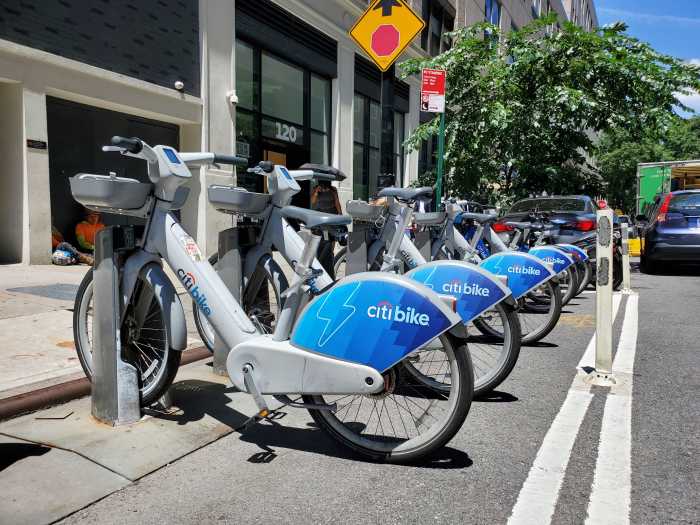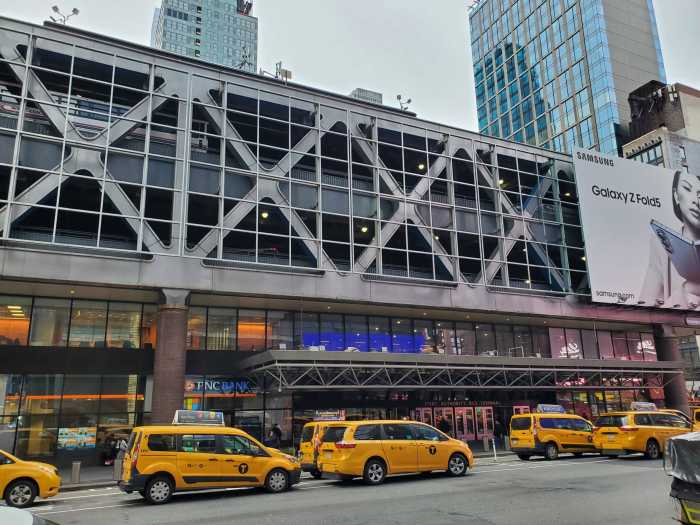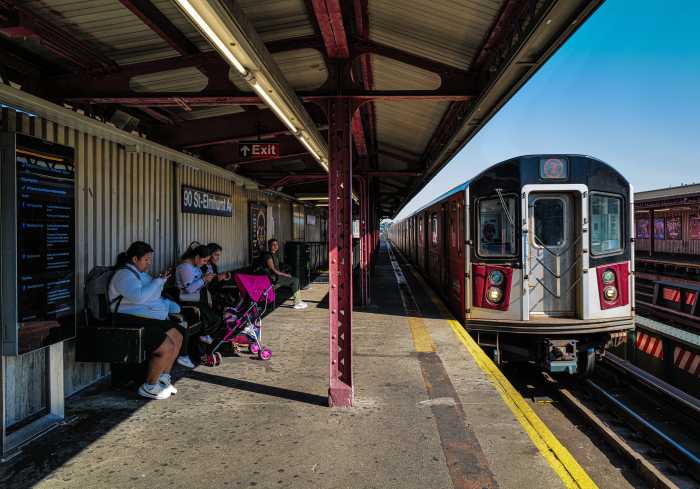The system for getting a ride through New York City streets seemed simple enough: wave a hand on a Manhattan curbside or get picked up through a phone call.
Tech companies behind apps such as Uber, Hailo, Lyft and Whisk are operating against and alongside traditional players in the taxi industry. They pitch their products as something of a revolution in a staid, rigid industry, while taxi and car service vets working under strict regulations see chaos on the streets. The Taxi and Limousine Commission, meanwhile, has been in the middle, trying to wrangle in companies that seek to operate without its blessing.
“As a regulator, we don’t play a hand in . . . how big the pieces of the pie are” for those operating in the industry, TLC Commissioner Meera Joshi said Friday on CNBC. “Our concern is our passengers getting the service they need and safety standards being met.”
Joshi made those remarks the day Lyft — a San Francisco-based company that gets commercially unlicensed drivers to use their own vehicles to pick up riders for donations — pushed off its New York City debut when the TLC threatened to seize cars and state officials asked for a temporary restraining order. Lyft will meet with TLC staff Monday about becoming compliant with city rules.
“As other companies we have worked with have done in the past, they too will benefit tremendously from working within the law, as will their customers,” Joshi said in a statement Friday afternoon.
Uber is one company the TLC lauds for working within the law by establishing six car bases, giving the company a major chunk of the for-hire-vehicle industry. And they are already gunning for yellow taxis’ business. Rates for Uber’s low-cost car were cut by 20% to be cheaper than a taxi.
Meanwhile, Hailo, another service, this month grew beyond its taxi e-hail app to partner with livery vehicles and will soon offer luxury black cars.
Whisk, a New York City-based company that partners with established livery and black car services to connect passengers with rides, boasts its prices are just 10-20% more than what taxis charge.
“If there are price wars, there [will be] no shortage of potential passengers for every service,” said Sarah Kaufman, who researches technology and transportation at NYU Rudin Center for Transportation.
Riders are being lured by low or comparable fares and a greater range of services at their fingertips.
These ride-by-smartphone operations that the TLC is piloting — the authorized services are Uber, Hailo, TaxiMagic and Mobile Knowledge — have a modest but growing popularity among passengers.
“Everybody’s duking it out,” said Kevin Hatfield, Hailo’s North American co-president. “I firmly believe there’s room for everybody at the party.” Whisk CEO Michael Ibrahim said he is expecting his business with traditional livery companies — currently about two dozen bases that manage about 3,000 cars — to grow as apps gain users.
“We work with the forward-thinking guys,” Ibrahim said. “We’re the only one who’s a platform for the industry, which competes with Uber. Every time Uber has a success, we become stronger.”
More than 5,400 e-hails are requested on an average day, according to TLC data between the pilot’s June 2013 launch and February. That is an increase from the average 3,744 e-hail requests a day, the TLC reported in December. Still, a fraction of a percent of yellow taxi pickups was e-hailed and the rate of success was 38%.
The TLC pilot was extended for another year in May.
Rides that were e-hailed were most popular in Queens, Brooklyn and upper Manhattan — key turf for livery operators who had the exclusive right under the law to do a prearranged pickup where hailing a yellow was next to impossible.
“The only thing that is going to change . . . is the blur between prearrange and the street hail,” said Avik Kabessa, CEO of Carmel Car and Limousine Service and a founding member of the Livery Roundtable, an industry group.
Kabessa, whose company has its own app, said that traditional livery operators will start using technology to meet demand.
“Our biggest enemy is not those, what I call, fly-by-night apps and venture capital,” Kabessa said. “Our biggest enemy is availability.”
NYC Yellow Cab
How to: Hailed from street
Cost: $2.50 base fee plus $2.50 per mile, $1 peak surcharge; no minimum, no surge pricing
Pros: Convenience, they are everywhere, easy to hail
Cons: Cabs can be hard to hail in the rain and during shift changes or peak times; people can steal cabs from other passengers
NYC Green Cab
How to: Hailed from street in outer boroughs or arrange a pickup by phone, above 96th Street on the East Side, and above 110th Street on the West Side
Cost: $2.50 base fee plus $2.50 per mile, $1 peak surcharge; no minimum, no surge pricing
Pros: Convenience in the outer boroughs, easily identifiable, easy to hail
Cons: Cabs can be hard to hail in the rain and during shift changes or peak times, people can “steal hails”; restrictions in Manhattan
Livery
How to: Booked via phone
Cost: Varying rates depends on the service being used
Pros: Can prearrange a ride
Cons: Generally 10-15% more expensive than a cab; illegal to hail from street<
Uber
How to: Hailed using a smartphone app hooked up to a credit or debit card
Cost: for UberX, a low-cost option, $3 base fee plus $2.15 per mile, 40 cents per min in traffic; $8 minimum; surge pricing during peak hours and oftentimes rain
Pros: App is easy to use and connects to a credit card; tipping is not expected or encouraged; fares can be split between friends; drivers are rated by passengers
Cons: Surge pricing can be extremely expensive; drivers rate passengers, who can be barred for bad ratings
Hailo
How to: Yellow cabs are hailed using an app hooked up to a credit or debit card
Cost: Same fare as taxis; Hailo+ for sedans and towncars are 15% more than a taxi ride; no minimum, no surge
Pros: Can ehail a taxi, payment is easy through your phone, it’s the same as using a cab
Cons: Not available with all cabs, not available with green cabs



































